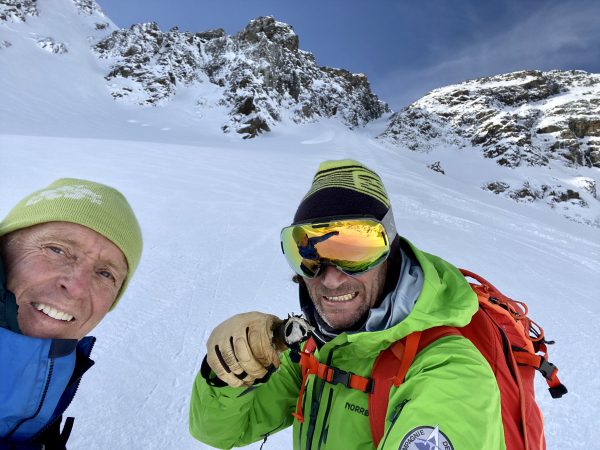The best part of autumn is researching, planning and dreaming where the family might go skiing in the winter. Coming from a part of the country where winter didn’t much happen for us last year, we’re part of the sizable pent-up demand of all travellers, including skiers, who are now booking winter escapes.

Our extended family isn’t locked into a specific list of potential ski areas with a ski pass, so pretty much anywhere goes as far as destinations. But, since a lot of our skiing involves backcountry adventures these days, we often start by looking at guiding options.
Skiing with a qualified mountain or ski guide has fundamental benefits, such as showing you places you’d never find on your own, offering tips and humour—but most important, bringing you home alive. Maybe not all, but most scary and sad stories from the alpine are avoidable, so hiring someone qualified to be responsible for the bulk of the day’s or week’s decision-making process should be rationalized as just part of the overall cost of the trip. There’s no excuse for skimping on the hiring of a guide.
Particularly outside Canada, we’ve let guides, or their guiding operations, organize complete itineraries for our group. They can be indispensable at arranging local transport, choosing when lift passes are needed for freeride days and which will be touring only, as well as finding us inviting mountain huts, local hotels, B&Bs or apartments. Over a lifetime of putting in laps and vertical, the days that stand out in my memory are much more likely those spent with a guide in B.C., Alberta or beyond, safely showing me or my group his or her backyard.
Whether it was for a week or only one day, I keep in regular touch with many guides whom I’ve skied with. I can think of only two with, umm, either too strong a personality or seemingly lacking any, who I probably don’t need to see again. I never questioned their decisions on safety though.
Although mountain guiding has a long and storied past in the Alps, the International Federation of Mountain Guides Associations (IFMGA) wasn’t formed until 1965 by guides from the big four: Italy, France, Austria and Switzerland. In 1973, the Association of Canadian Mountain Guides (ACMG) was the first non-European member, the Americans not qualifying until 1997. Today there are 22 member countries, of which 15 are European, with a worldwide membership of more than 6,000. A lofty club indeed.
Frustrated with a lack of qualified guides for Canada’s burgeoning heli- and cat-skiing industry in the 1980s, the “mechanized ski industry” helped create the Canadian Ski Guides Association (CSGA). Although some CSGA members are also IFMGA mountain guides, the CSGA is uniquely winter- and ski-specific, as opposed to ACMG members who also rock and mountain guide as well as hiking, via ferrata and so on. Some, not all, CSGA guides are qualified to lead alpine-touring skiers. Kevin Hjertaas has a lot more on this weighty subject in his feature “Get Smart” in Fall 2021 issue.
As I write this, daughter number two, Meg, and ski buddies Errol and Jonah, have just booked November flights to B.C. to take their AST1 with Avalanche Canada. If you’re not ready for this two-day intro course, at least check out AvCan’s free AvySavy online course. And if you want a safe day or trip to remember, get a guide.
Information on guiding companies in B.C. and Alberta mountain towns is easily found online. To reach independent ACMG and IFMGA ski and mountain guides in more than 70 countries, with suggestions and itineraries on more than 11,000 trips, try Explore-Share.com.



